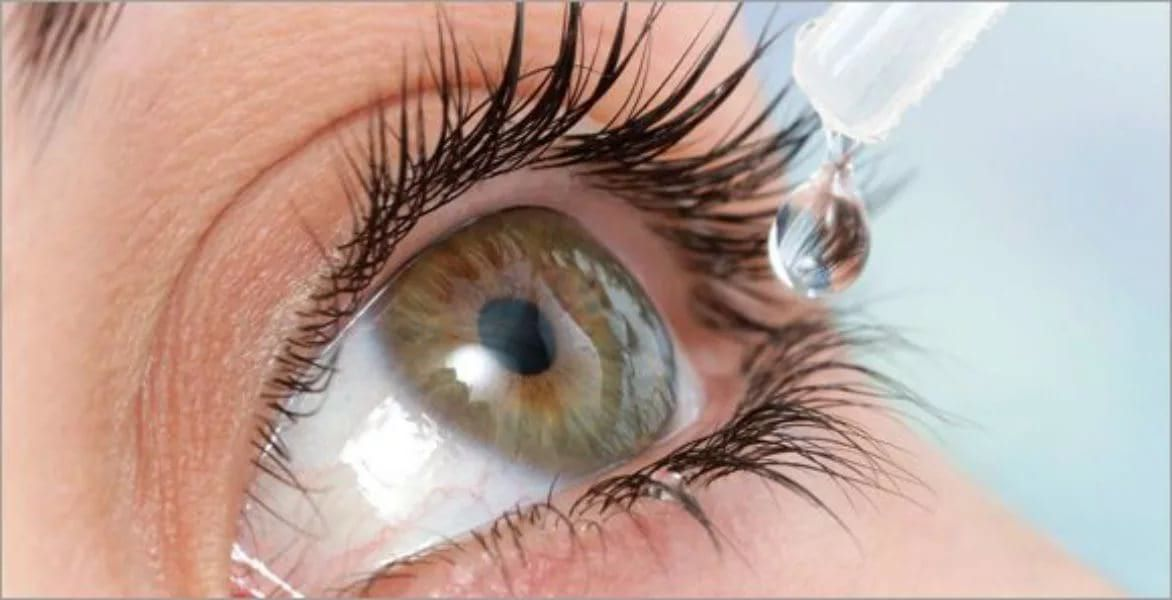Dry Eye Syndrome
Dry eye disease is a common condition that results from inadequate tear film composition. Your tear film is composed of 3 layers: aqueous fluid, oils from the meibomian glands and mucus. Some people don’t produce enough aqueous, some have increased evaporation from the surface and others produce a poor -quality tear film. This tear film instability leads to inflammation and damage to the surface of the eye which can significantly affect your quality of life.
What are the symptoms of dry eyes?
- Burning, stinging, scratchy foreign body
- Red eyes with stringy mucus
- Light sensitivity
- Excessive tearing: this may sound counterintuitive, but it is a reflexive response to dry eyes
- Blurry vision that gets worse throughout the day
- Difficulty wearing contact lenses
Who is at risk of developing Dry Eye Syndrome?
- Women over 50, especially if experiencing hormonal changes due to pregnancy, menopause, or the use of birth control
- People taking medication such as antihistamines, decongestants, anti-depressants, medications for high blood pressure, acne and chemotherapy
- People with corneal nerve damage caused by contact lens use, previous laser eye surgery, infections and diabetes
- People with eyelid disorders such as blepharitis or meibomian gland dysfunction, rosacea, entropion (eyelid turns in) and ectropion (eyelid turns out)
We offer comprehensive evaluation and management of all ocular surface disorders.

